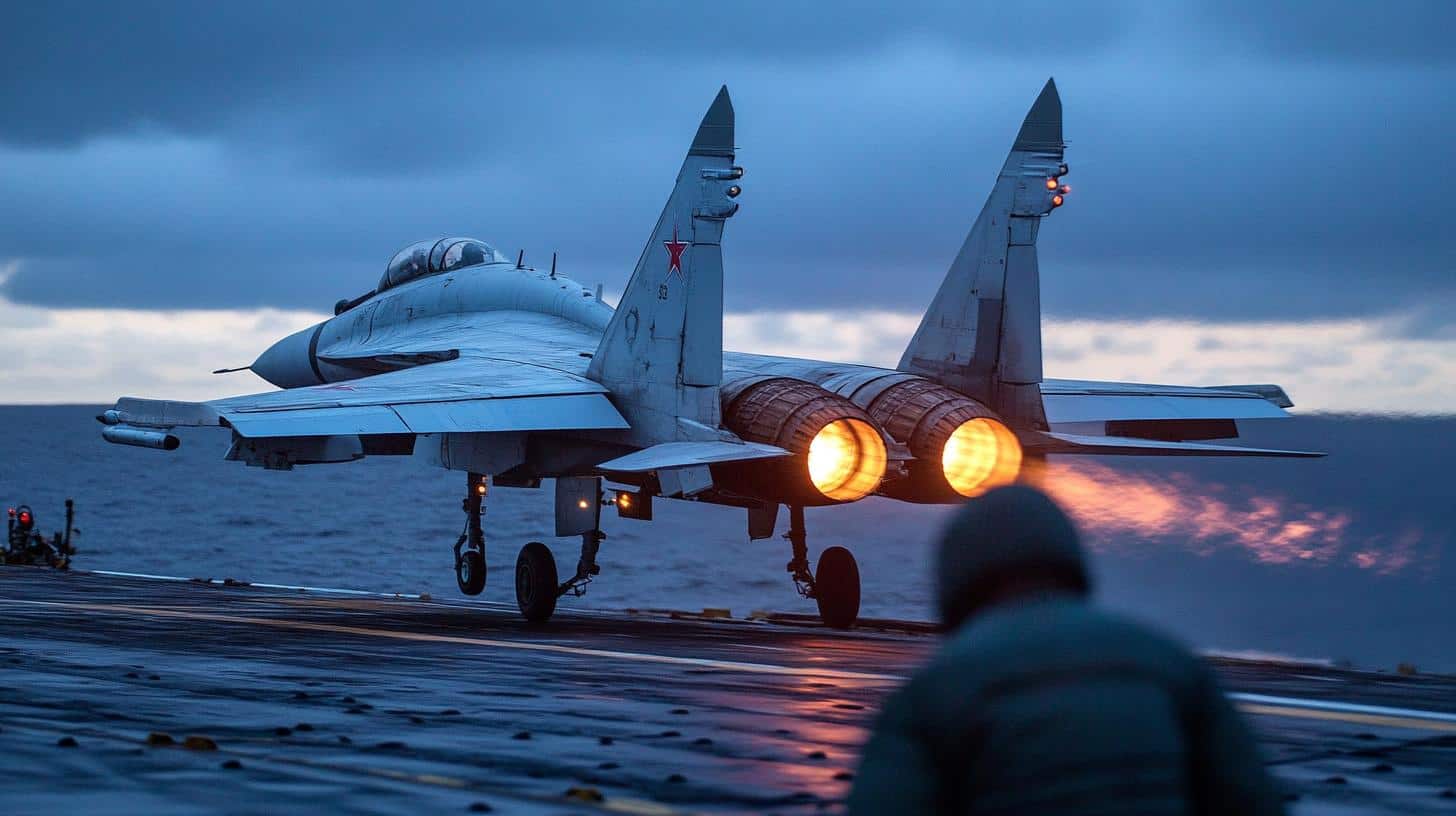Germany has once again sent its fighter jets from the Rostock-Laage airbase to intercept a Russian reconnaissance plane, marking another incident in the skies over the Baltic Sea. The German Air Force detected an Ilyushin Il-20 aircraft flying without a flight plan and with its transponder turned off between Rügen and Denmark’s Bornholm. This led to swift deployment of two Eurofighters to establish visual contact.
The aircraft in question is known for its capability to conduct radio intelligence missions, thus raising serious concerns about spying activities near NATO borders. This is not an isolated event, as similar encounters with Russian planes occur approximately every three weeks, according to German media.
Recent months have witnessed a surge in such aerial interactions. In late September, NATO jets had to intercept six Russian aircraft within just two days. Additionally, German and Swedish fighters responded to another Il-20 incursion earlier in August. Beyond aircraft, Russian drones were sighted over sensitive German locations like the idle nuclear power facility in Schleswig-Holstein, prompting a potential sabotage investigation.
NATO air policing units have been increasingly busy, recording around 200 interceptions over the Baltic region so far this year. With Finland and Sweden joining NATO, the Baltic has gained renewed military significance, often being referred to as a “NATO lake” amidst Russian military pursuits following its comprehensive invasion of Ukraine. Despite such activities, NORAD has stated that Russian missions near North American and European airspaces are not seen as overtly threatening but increase risks of miscalculation.
The Impact of Constant Aerial Interceptions on Global Relations and Security
The ongoing series of aerial incidents between NATO countries and Russian aircraft over the Baltic Sea has far-reaching implications for international security, geopolitics, and the daily lives of those living in the affected regions. The frequency of intercepts, particularly involving German and Russian aircraft, is a stark reminder of the delicate balance that exists between routine military exercises and the potential for escalation.
Heightened Military and Civilian Alertness
The constant interceptions have resulted in an increased state of alertness among NATO forces. This vigilance is necessary to rapidly identify and respond to unauthorized aircraft entering sensitive airspace. For the citizens in the Baltic region, this military activity can be both reassuring and unsettling. On one hand, there is confidence in the military’s protection; on the other, there is an inherent anxiety about the potential for accidents or confrontations that could escalate into larger conflicts.
Implications for Air Travel and Safety
Frequent military interceptions over busy air corridors also pose significant challenges for civilian air travel. While commercial flights are typically rerouted to avoid military activity, the complexity and frequency of these incidents can disrupt schedules and lead to increased costs and logistical challenges for airlines. Passengers might experience delays or cancellations, which can be particularly problematic for the Baltic region, where air travel is a crucial link for business and tourism.
Geopolitical Tensions and Diplomatic Efforts
These aerial interactions underscore the ongoing geopolitical tensions between NATO and Russia. The military maneuvers over the Baltic Sea are not just about airspace control but are also political statements. Each interception is a reminder of the political divide and has the potential to influence diplomatic relationships. Countries involved are often compelled to engage in diplomatic dialogues to prevent misinterpretations and manage the overarching narrative of their military engagements.
Stress on Military Resources
Continuous interceptions place a significant burden on military resources. Air forces need to be on high alert, maintaining a readiness that demands both human capital and financial investment. These operations contribute to the wear and tear of aircraft and personnel and can affect military budgets. Long-term sustainability of such operations is a matter of concern, raising questions about the appropriate balance between readiness and resource management.
Community Perspective and Regional Stability
For the communities in proximity to airbases like Rostock-Laage, these frequent sorties are a constant reminder of the geopolitical tensions that loom overhead. Local economies may experience changes, with some seeing growth due to increased military presence and others facing disruption from the elevated security measures. In border regions, this heightened military activity can strain relationships with neighboring countries, affecting cross-border cooperation and community relations.
Controversies and Different Perspectives
The regularity of these aerial interceptions also sparks debates over international airspace laws and the intentions behind military reconnaissance missions. While NATO states them as protective measures, Russia often views them as provocations, arguing for their right to conduct operations near their borders. These differing perspectives have led to heated discussions about airspace rights and the thin line between defense and aggression.
For more information about global military trends and security updates, you can visit NATO and U.S. Department of Defense.






















